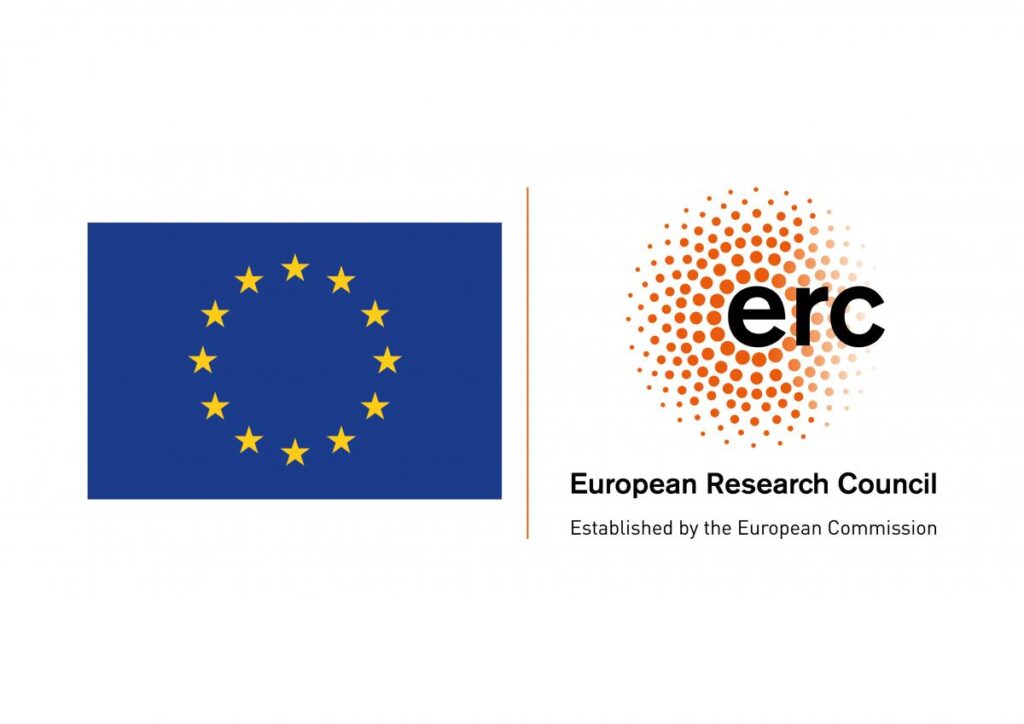At the end of November, I, postdoc Eline Scheerlinck, embarked on a two-day research trip to Manchester to study a fascinating Coptic document on papyrus housed in the John Rylands Library. An essential aspect of my work on this project involves editing and re-editing Coptic and Greek documents related to fiscal administration. This often necessitates visiting the collections where these papyri are preserved, allowing me to examine the fragments up close. On our blog, we share details of our research visits.
The John Rylands Library, located in the heart of Manchester, was established in the late 19th century by philanthropist Enriqueta Augustina Rylands (1843–1908) in memory of her husband John, a prominent Manchester merchant. In 1901, Enriqueta acquired a collection of over 6,000 manuscripts from James Lindsay, 26th Earl of Crawford. Among these were several Egyptian papyri, which Lindsay had purchased in 1898 in Egypt from two dealers. This background is detailed in the introduction to the comprehensive volume of editions of Coptic fragments in the John Rylands Library’s collection. Walter Crum, a noted Coptologist and prolific editor of Coptic fragments, published this Catalogue of the Coptic Manuscripts in the Collection of the John Rylands Library in 1909. The Catalogue includes transcriptions of over 460 literary and documentary fragments, along with brief descriptions, commentary, and (occasionally partial) translations of many documents.

Statue of Enriqueta Rylands inside the Historic Reading Room, John Rylands library, Manchester.
I visited the Rylands Library with a specific aim: to examine the Coptic papyrus document P.Ryl.Copt. 277—number 277 in Crum’s catalogue. This document holds significant relevance to some key research themes of the Caliphal Finances project, such as the multilingual nature of fiscal administration in early Islamic Egypt. I plan to explore this topic in the Handbook of Fiscal History in the Early Islamic World (7th–10th century), which will be one of the main outputs of the Caliphal Finances project. We are presently inviting abstracts for contributions to this volume, as you can read elsewhere on this blog!
The document in question, likely written in the 8th century, is in Coptic and contains instructions addressed to a district administrator regarding the handling of “strangers” (ϣⲙⲙⲟ) residing in the administrator’s district. These “strangers” are identified as originating from other districts (e.g. the districts of Fayyum and Ashmunein are named in the text). The sender instructs the district administrator to remove these individuals and send them to the sender, presumably for punishment. Comparative evidence from other early Islamic papyri reveals that such “strangers” were viewed as tax evaders, residing in districts where they were not registered to pay taxes. This document thus offers valuable insight into the complex functioning of the fiscal system of the time.
The document’s use of Coptic is particularly noteworthy, as it is connected to the identity of the sender and addressee. While no names are provided in the text, the explicit orders and the reprimanding tone in the document indicate that this was a letter from a higher-ranking official—likely the provincial governor—to a district administrator. However, official correspondence between these offices was typically conducted in Greek or Arabic, according to the evidence available thus far. Based on its context, content, language, and formal characteristics, I argued in my doctoral thesis that this document was likely a Coptic translation created in the district administrator’s office. This translation would have served as a reference document for village officials tasked with implementing the instructions in the original letter. As part of my work on the Caliphal Finances project, I am preparing a new and full edition of this fascinating document, presenting my interpretation and analysis.

Special Collections Reading Room, John Rylands Library, Manchester.
This research trip to the John Rylands Library provided the opportunity to examine P.Ryl.Copt. 277 in detail, verifying the readings of its original editor, measuring the document, and assessing its materiality, including the colour and quality of the papyrus. These observations will contribute to the preparation of a new edition that aligns with contemporary standards and practices in papyrology. As you can read elsewhere on the blog, it was not my first research visit to a collection of papyri in 2024, and it wasn’t even my last visit of the year! On 11th December, PI Marie Legendre and I took the train northwards to examine Arabic and Coptic papyri in the Special Collections of the University of Aberdeen. You can read a first post on the collection here on our blog, and we will write more about it early next year, especially as it will feature heavily in our first lecture at the IMES Seminar lecture series on 13th January!
Banner image: From the staircase to the Special Collections Reading Room, John Rylands Library. Image credit: Eline Scheerlinck




Leave a Reply